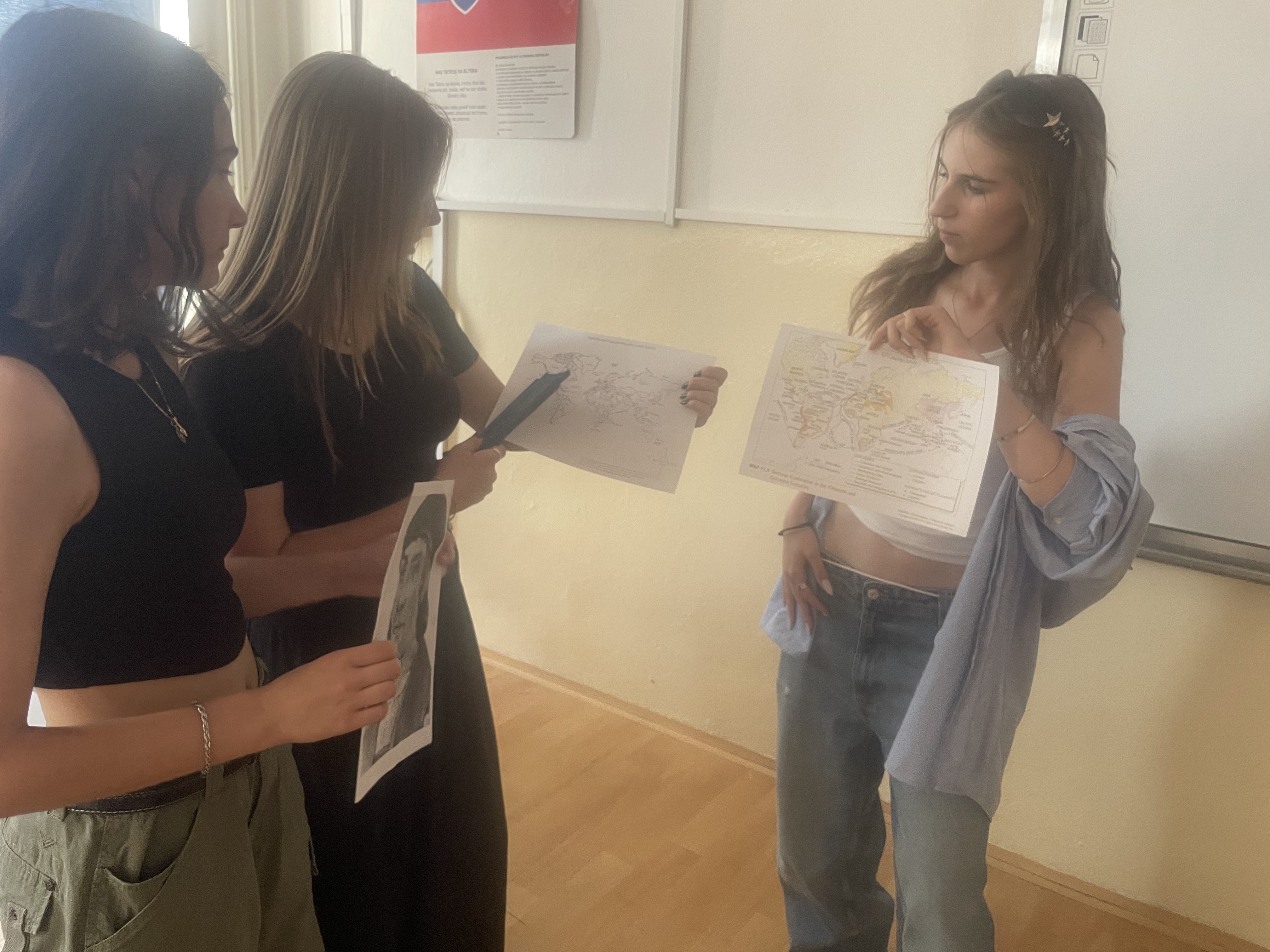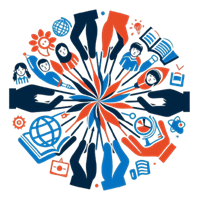Blog entry by Alžbeta Brnická
Navigating History: How “The Navigation Game” Brings Exploration to Life
How can we help students truly understand the challenges faced by the great seafarers of history? By letting them step into the shoes of a ship’s crew — literally. That’s the idea behind The Navigation Game, an interactive classroom activity where students practice geography, teamwork, and communication while learning about the Age of Exploration.
The activity begins with a simple question:
“What was the greatest discovery of the seafaring age?”
But instead of answering right away, students are told they’ll discover the answer together — just as historical crews did — through the power of navigation and cooperation.
How it all works
Students are divided into teams of three:
-
Captain
-
Messenger
-
person at the steering wheel
The teacher selects the captains, who are given maps of famous voyages — without the explorers' names on them, so the identity of the journey remains a mystery. The captains stand at the back of the classroom and relay navigation instructions to their team’s messenger.
Next, messengers stand in the middle of the classroom. Their role is to verbally pass step-by-step directions from the captain to the person at the steering wheel. They cannot show maps or give visual cues — communication must be verbal only.
Finally, the person at the steering wheel, sitting at the front, receives a blank map and must draw the voyage based on the messenger’s instructions.
Active learning
Before starting, the teacher demonstrates the system with a small group to make sure everyone understands how information will flow from captain to the steering wheel.
By deleting the names from the original maps, captains won’t know which famous voyage they are charting — adding an extra layer of mystery and challenge.
Collaboration and reflection is the key
Once the voyage drawings are complete, each team gathers to review short notes and portraits of famous explorers placed on a side desk. Together, they:
-
Compare their drawn maps with original maps
-
Identify which explorer’s voyage they recreated
-
Present their work to the class — showing their pictures and explaining what they discovered
This activity goes beyond geography:
-
Teamwork and communication are essential
-
Systematic thinking and logical reasoning are required
-
Students practice negotiation and problem-solving — much like real sailors had to do
-
The activity fosters an action-oriented, can-do attitude
At the end, the teacher leads a reflection discussion with questions like:
-
Did you enjoy working together?
-
Were there any communication problems?
-
Did you successfully recreate the voyage?
If students struggled with communication — and many do — the teacher explains that this mirrors the historical reality. Real sailors often faced frustration and confusion on long journeys where clear communication was difficult.
The Navigation Game helps students not only learn about the Age of Exploration but also experience the challenges of teamwork, navigation, and discovery — just like the sailors of the past.









